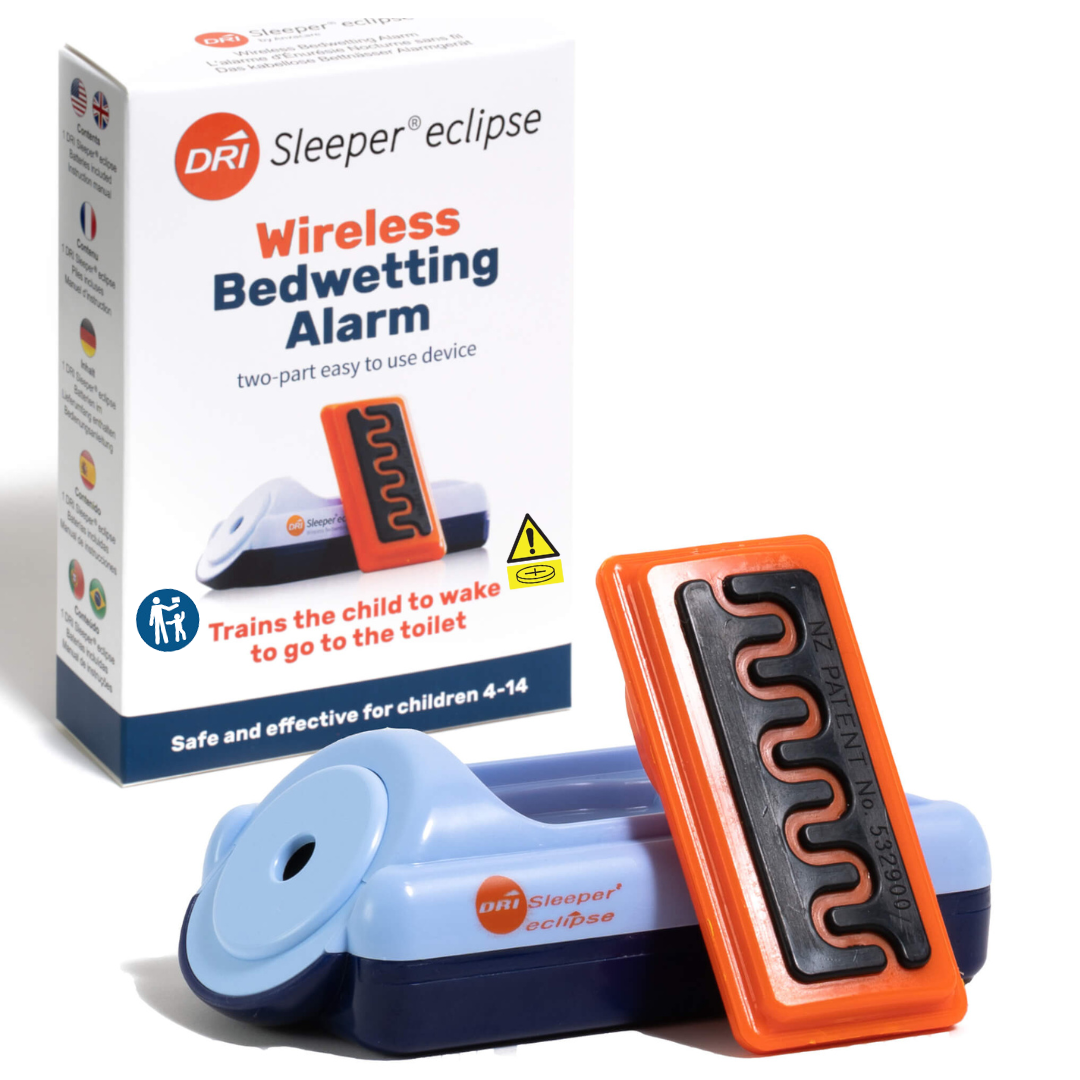We’ve been using the alarm for 5 weeks now and my son has been dry every night for 2 weeks! In the first week the alarm woke him to go to the bathroom and all that was required was an underwear change. No changing of bed sheets!! Now he’s waking up on his own to go to the toilet and most nights not going at all! Highly recommend!
It helped instantly with my son using the toilets at night, few accidents here and there but after 3 weeks he was dry!! What a win after 7 years. He has been dry for over 2 weeks and I still can’t believe this.
We are week 3 into our training and are making great progress. Our solid sleeper (6) moved from the alarm going off 3 times a night with a full wet pull up to the alarm going off but making it to the toilet and now in week 3 we have so far had 5 nights with no beeps and completey dry pull ups! She is so happy with her progress chart!
Good progress is being made! All the best for reaching 14 dry nights.
So far it’s been 2 weeks and my 6 year old son has had 4 complete dry nights with 2 of these being in a row. Very easy for him to use, hopefully he’ll achieve 14 days soon. Such a good boost for his self esteem.
Worked on my 9 yr old daughter after 2 weeks.
